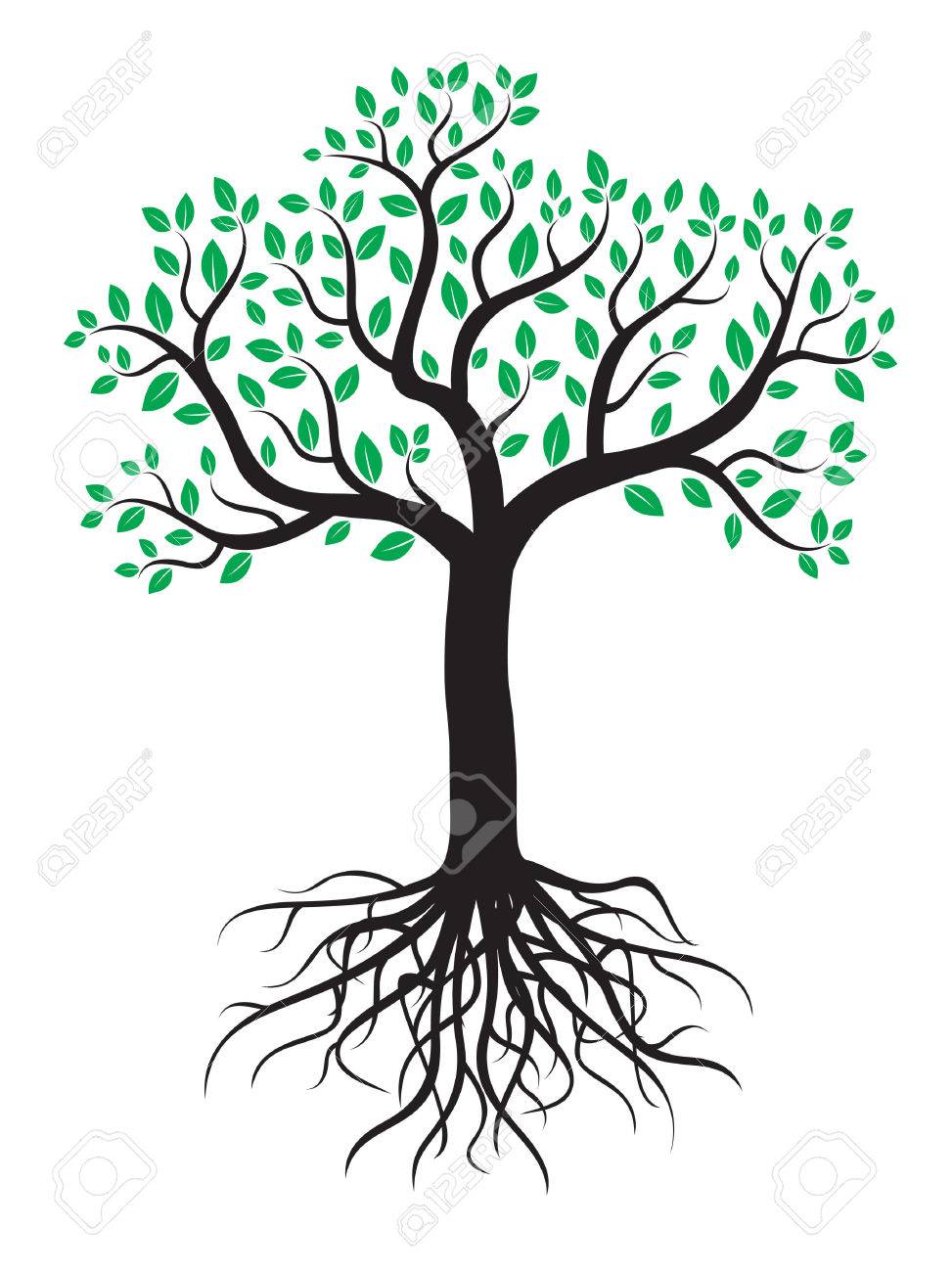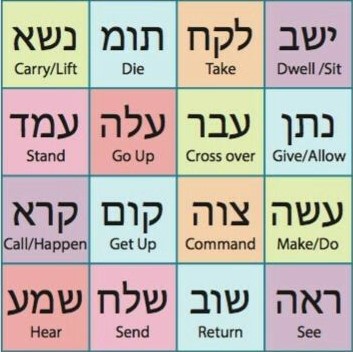Verbs
Theory
In Hebrew, the conjugation is based on groups of 3 letters called a root. The same way that letters are the building bocks for any words, the 3 letter roots are the building blocks of all verbs.
As we will see in the past, present and future sections, the way to conjugate verbs is to take this 3 letters core and add specific letters before, in the middle or at the end of this core depending on the number, gender and tense (Marcuson).
The 3-letters root of a verb is similar to the roots of a tree which serve as the foundation which allow the tree to grow into something bigger with many branches. So too the 3-letter roots allow verbs to be conjugated in different tenses for different number and gender.

Examples/Pictures
The following picture gives examples of some of the 3-letter verb roots and their english translation.

Questions and Answers
Q: Are these 3 letter roots only a basis for conjugating or can they also be used to create other words such as nouns?
A: They can also be used to create other words. For example, the root אכל is the verb for eating and the noun אכל means food. Though they are spelled the same way, they have different vowels which causes them to have different pronunciations. The punctuation is beyond the scope of this website.
Interesting Points
We said above that all verbs are made up of 3 letter roots. There actually is a debate whether 2 letter roots exist or not. Throughout this website, we are following the approach that all verbs are made up of 3 letter roots.